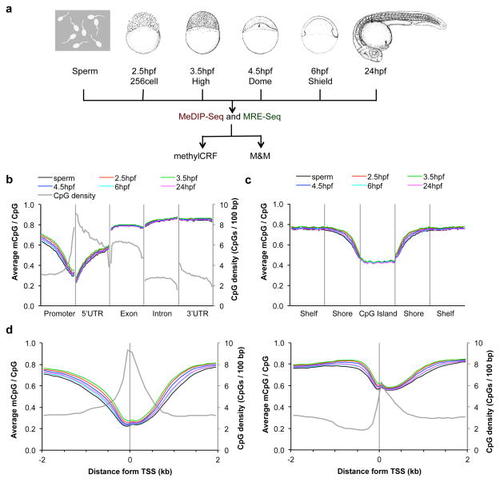- Title
-
Developmental enhancers revealed by extensive DNA methylome maps of zebrafish early embryos
- Authors
- Lee, H.J., Lowdon, R.F., Maricque, B., Zhang, B., Stevens, M., Li, D., Johnson, S.L., Wang, T.
- Source
- Full text @ Nat. Commun.
|
( |
|
( |
|
( |
|
( |
|
( |





